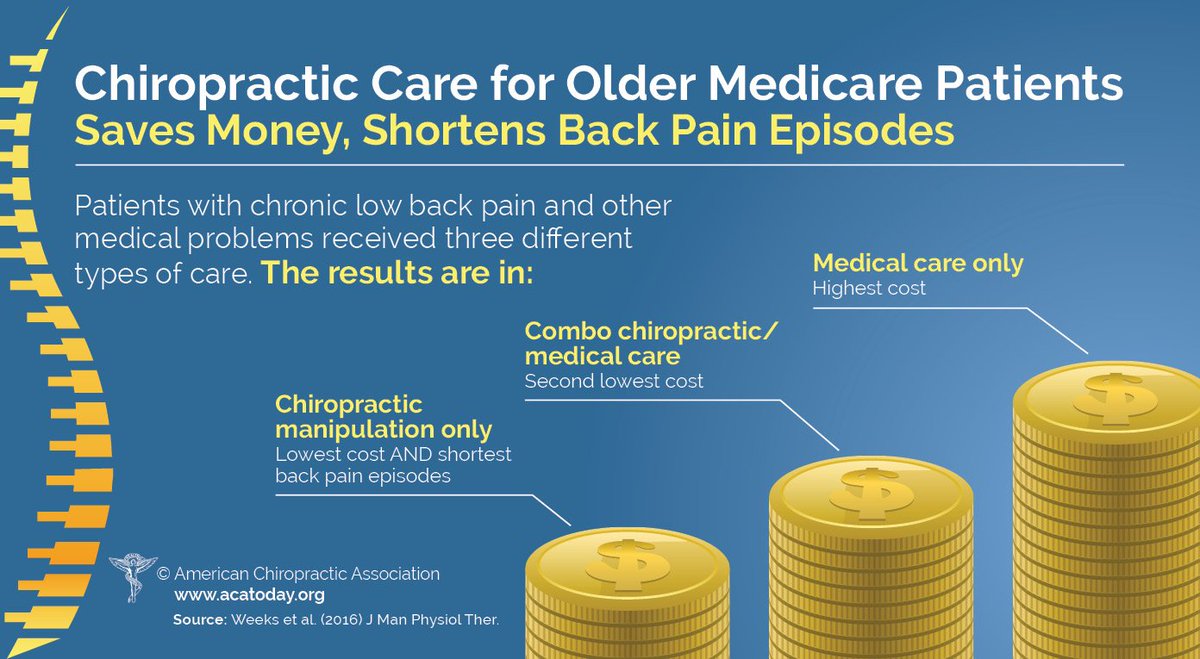Prepare Yourself To Discover The Fascinating Cellular Interactions Of Cold Laser Therapy And Its Application Of Light For The Purpose Of Recovery. Dive Additionally Right Into The Realm Of Scientific Research!
Prepare Yourself To Discover The Fascinating Cellular Interactions Of Cold Laser Therapy And Its Application Of Light For The Purpose Of Recovery. Dive Additionally Right Into The Realm Of Scientific Research!
Blog Article
Post Created By-Walls Pedersen
You may have become aware of cold laser therapy as an appealing therapy alternative for different conditions, however have you ever before questioned how it really deals with a cellular level? Recognizing the mechanisms behind this therapy can clarify its performance in promoting recovery and minimizing inflammation. By discovering the science behind cold laser therapy, you'll get understandings right into the interesting ways in which light can influence mobile procedures and promote cells repair work.
How Cold Laser Treatment Works
To understand exactly how cold laser treatment works, you need to realize the fundamental principles of how light power interacts with organic cells. Cold laser therapy, also known as low-level laser therapy (LLLT), uses specific wavelengths of light to penetrate the skin and target underlying tissues. Unlike the intense lasers used in operations, cold lasers release low levels of light that don't create warmth or cause damage to the tissues.
When these gentle light waves reach the cells, they're absorbed by parts called chromophores, such as cytochrome c oxidase in mitochondria. This absorption triggers a collection of organic reactions, consisting of boosted mobile power production and the release of nitric oxide, which enhances blood flow and lowers swelling.
Moreover, the light power can likewise promote the manufacturing of adenosine triphosphate (ATP), the power currency of cells, aiding in cellular repair service and regrowth procedures.
Basically, cold laser therapy uses the power of light energy to advertise recovery and reduce discomfort in a non-invasive and gentle way.
Mechanisms of Activity
How does cold laser treatment really work to generate its restorative impacts on biological cells?
Cold laser treatment, also known as low-level laser therapy (LLLT), operates through a process referred to as photobiomodulation. When https://johnnyoajrz.theblogfairy.com/33026484/interested-concerning-exactly-how-to-unlock-the-complete-potential-of-cold-laser-therapy is put on the skin, the light power permeates the tissues and is taken in by chromophores within the cells.
These chromophores, such as cytochrome c oxidase in the mitochondria, are after that boosted by the light power, resulting in a cascade of organic reactions. One crucial mechanism of activity is the enhancement of mobile metabolism.
insomnia psychotherapy stamford absorbed light energy raises ATP production in the mitochondria, which is crucial for cellular feature and repair work. Furthermore, cold laser therapy assists to minimize inflammation by hindering inflammatory moderators and promoting the launch of anti-inflammatory cytokines.
This anti-inflammatory effect contributes to pain relief and tissue recovery.
Restorative Impacts
Recognizing the restorative impacts of cold laser therapy involves identifying exactly how the boosted mobile metabolism and anti-inflammatory homes contribute to its positive outcomes on biological cells.
When the cold laser is applied to the damaged location, it stimulates the mitochondria within the cells, leading to increased production of adenosine triphosphate (ATP), which is essential for cellular function and repair work. have a peek here in mobile energy increases the recovery process by advertising tissue regeneration and lowering swelling.
Furthermore, the anti-inflammatory residential properties of cold laser treatment help to lower pain and swelling in the targeted location. By preventing inflammatory moderators and advertising the release of anti-inflammatory cytokines, cold laser therapy aids in easing discomfort and boosting the total healing response.
This decrease in swelling not only supplies immediate alleviation yet additionally supports lasting tissue repair work.
Verdict
To conclude, cold laser treatment functions by promoting mobile repair and cells regeneration with photobiomodulation. Its anti-inflammatory residential or commercial properties give pain alleviation and reduce swelling by inhibiting inflammatory conciliators.
This treatment supplies a thorough approach to healing, delivering both instant relief and long-term tissue fixing advantages.
With its mechanisms of action, cold laser therapy proves to be a reliable and encouraging treatment choice for a range of conditions.
